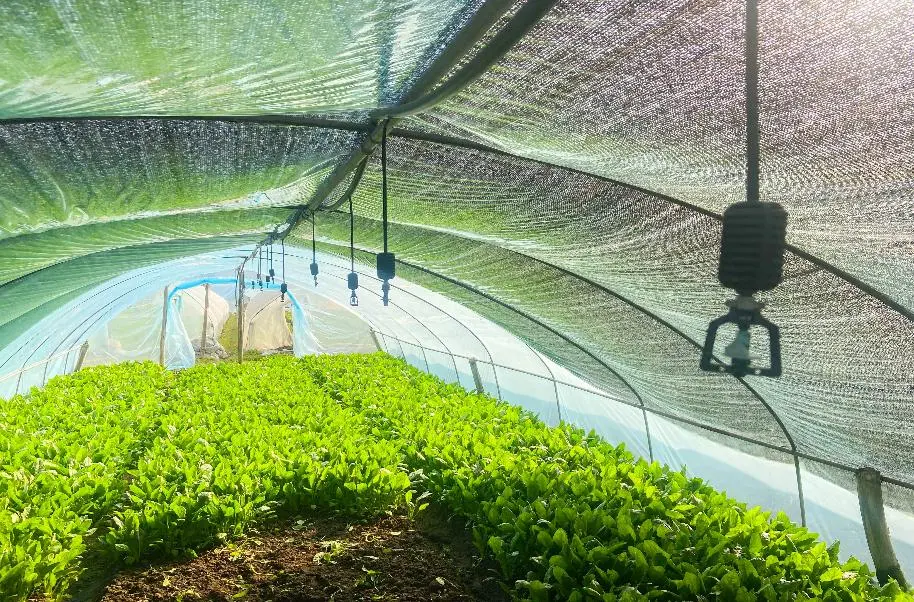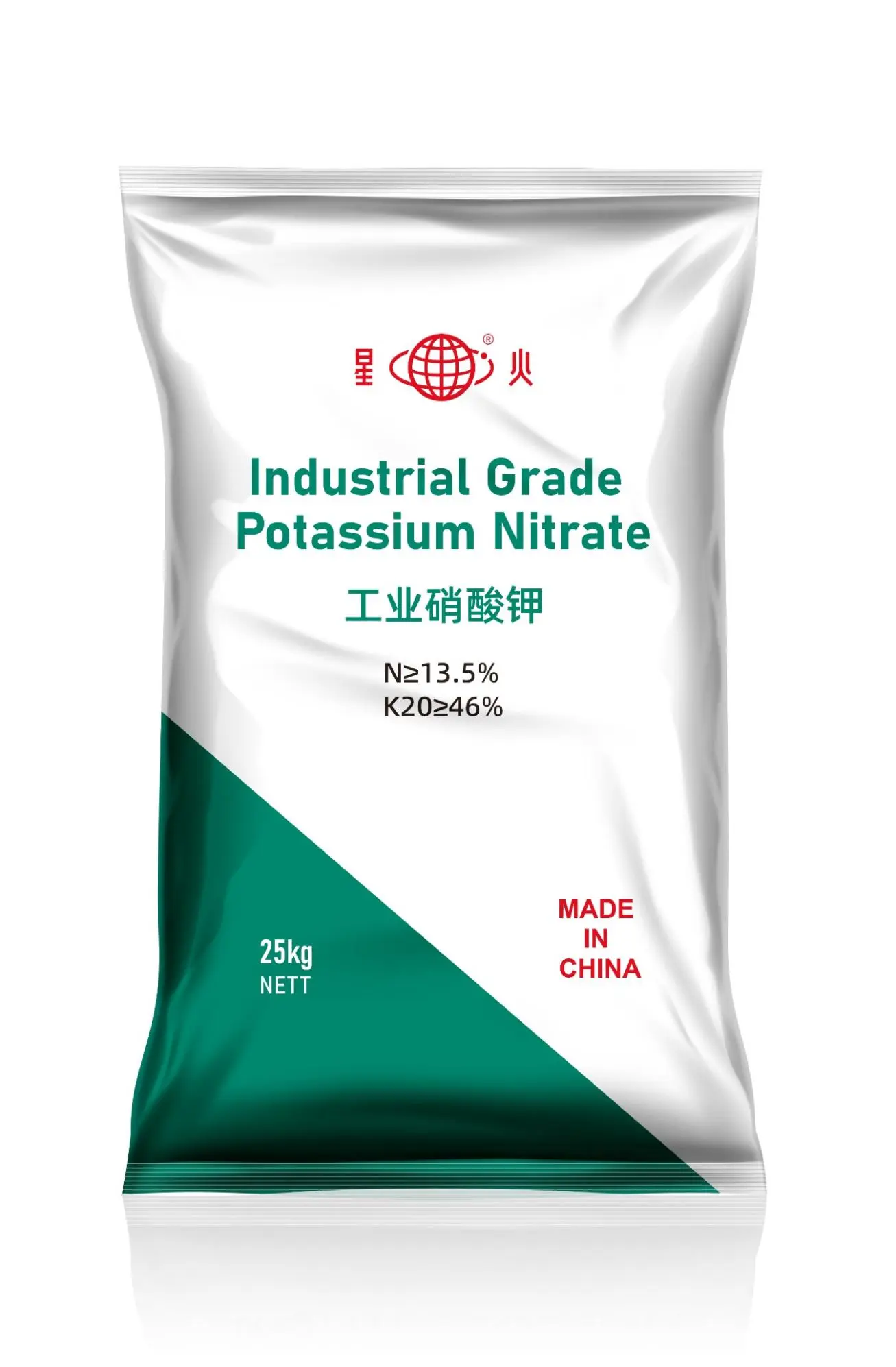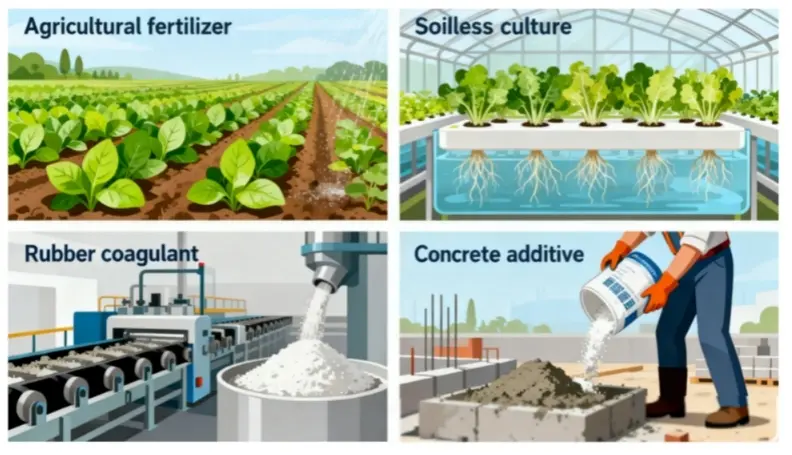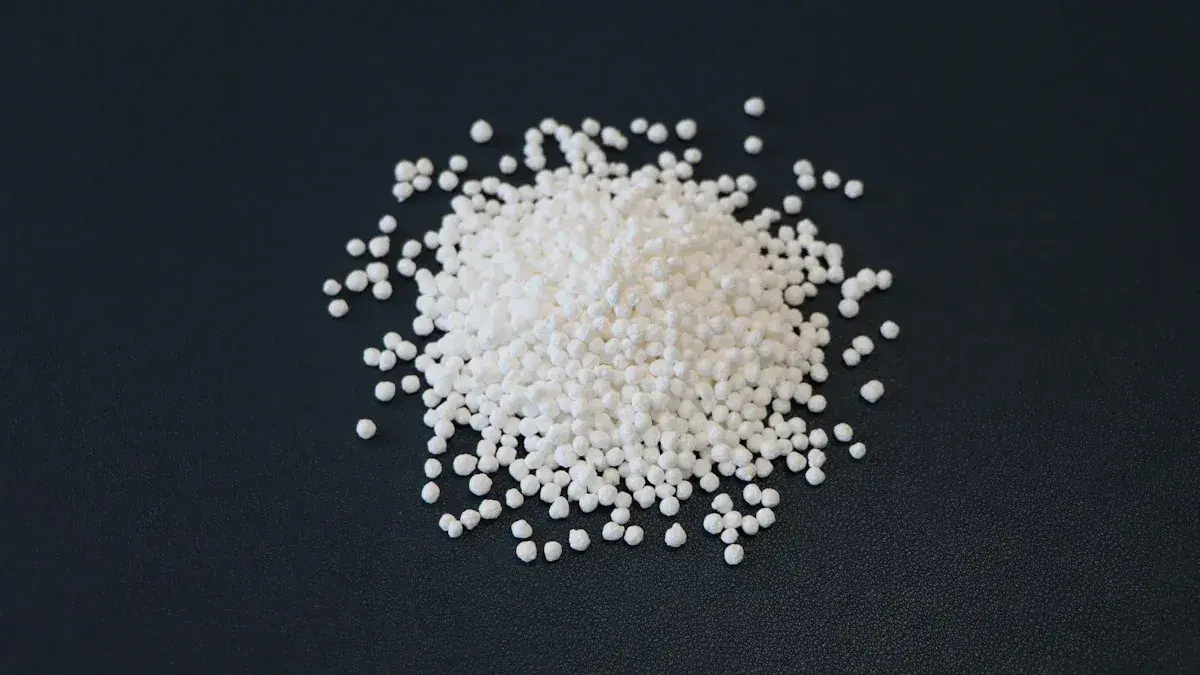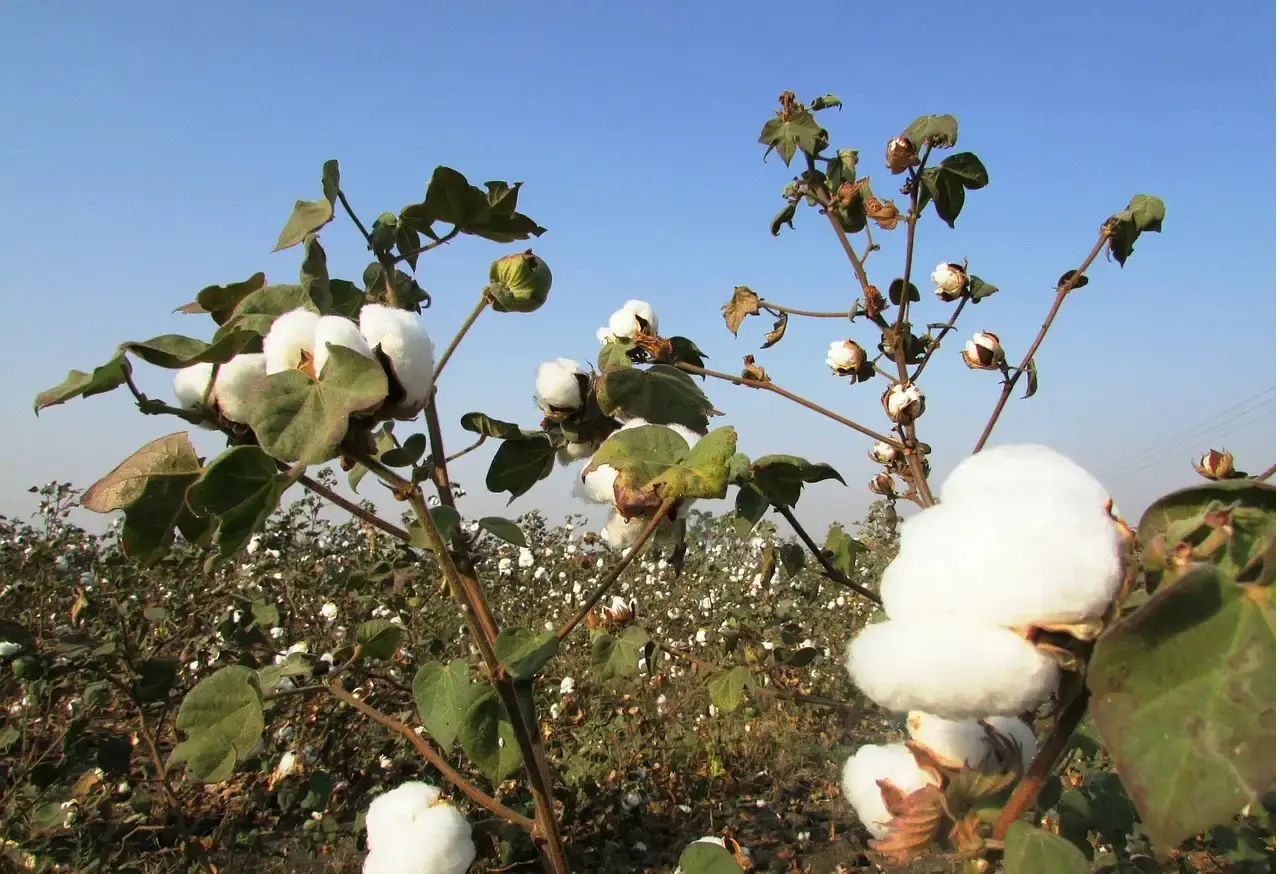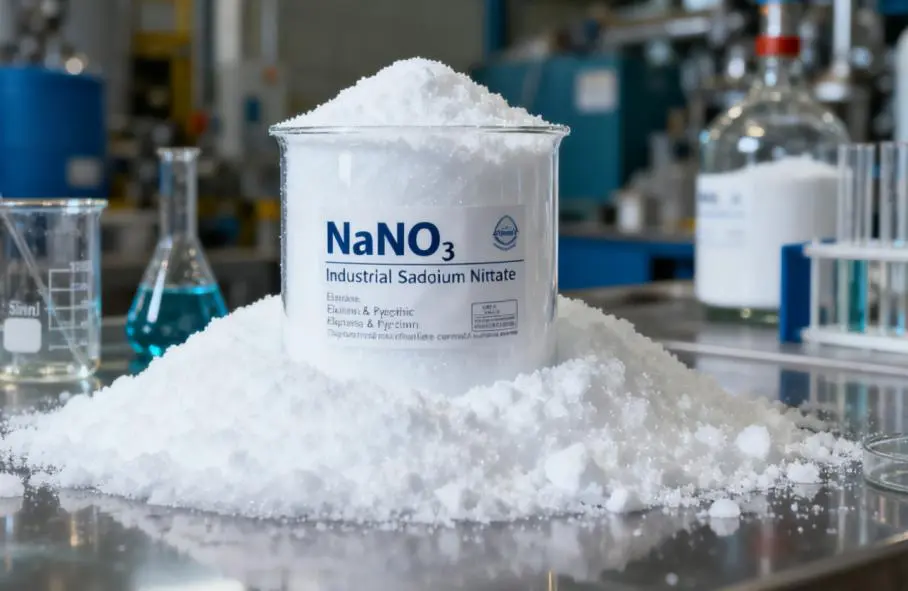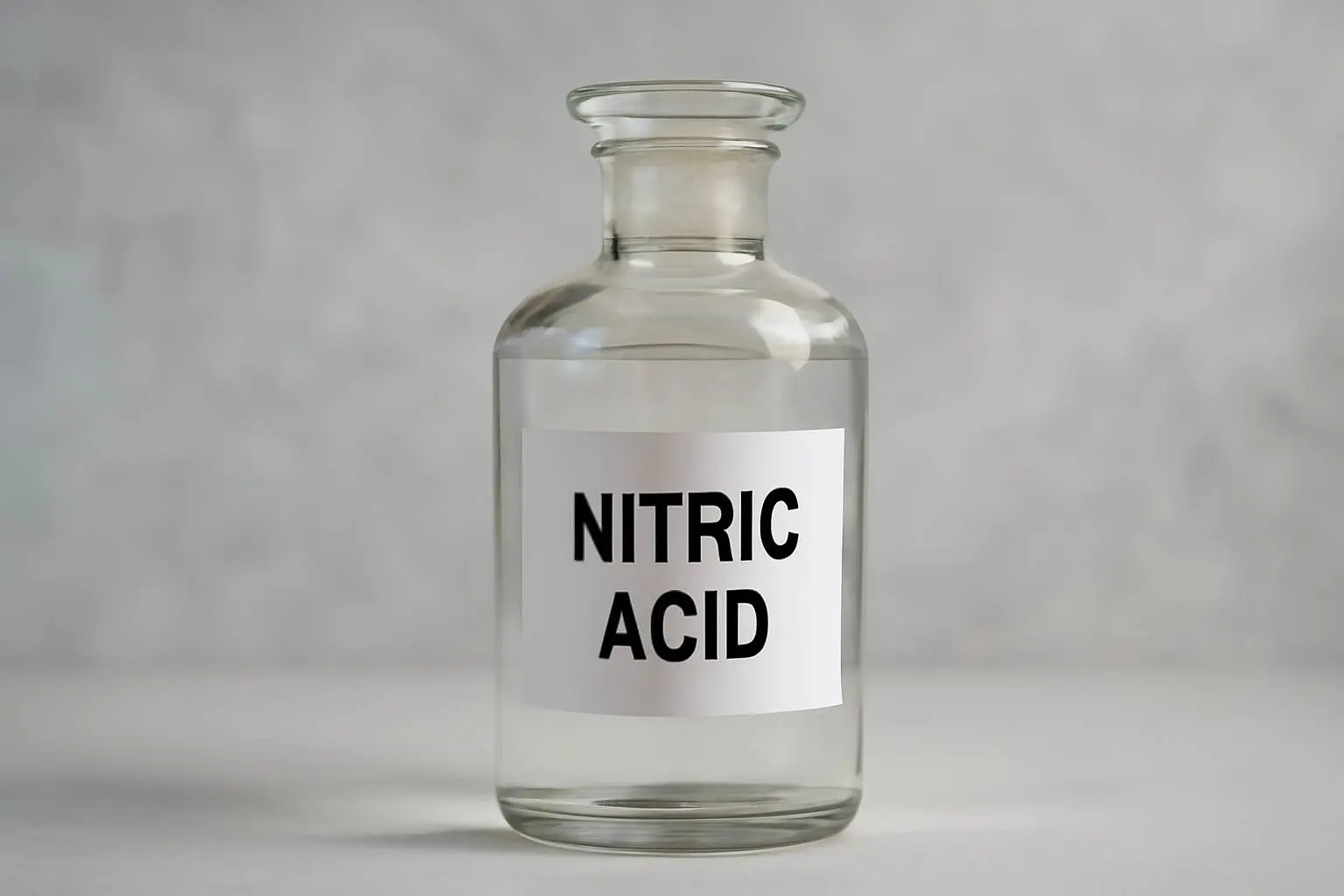Potassium Nitrate: A Versatile Compound from Pyrotechnics to Agriculture
Introduction to Potassium Nitrate
Potassium Nitrate (KNO₃) is typically colorless transparent prisms or white granules/powder. Structure: An ionic crystal formed by potassium ions (K⁺) and nitrate ions (NO₃⁻) bonded ionically. It crystallizes in the orthorhombic system.

Key Properties:
Strong Oxidizer:Reacts vigorously when heated or mixed with reducing agents (basis for gunpowder and fireworks).
High Water Solubility:Solubility increases significantly with temperature (exploited for separation and purification).
Melting Point:~334°C.
Decomposition:Decomposes above ~400°C to potassium nitrite and oxygen; decomposes further at higher temperatures to potassium oxide, nitrogen gas, and oxygen.
Potassium Nitrate Grades
Potassium nitrate is classified into several grades based on purity, impurity limits, and intended use.
Industrial Grade:≥99.0% purity; relatively lenient limits on chlorides, sulfates, water-insolubles. Used in: Black powder, fireworks, pyrotechnics, metal heat treatment (salt baths), glass refining agent, ceramic glazes, ore flotation, production of other nitrates.
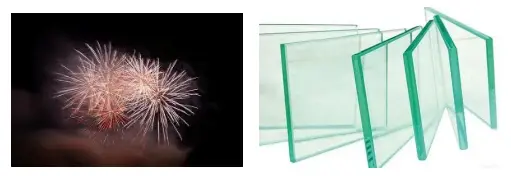
Agricultural Grade:≥99.0% purity; strict limits on heavy metals (Pb, As, Cd, etc.) and chloride ions. Used in: Water-Soluble Fertilizers (especially for chlorine-sensitive crops: tobacco, citrus, grapes, potatoes, vegetables, flowers), providing readily available nitrate nitrogen and potassium nutrition.
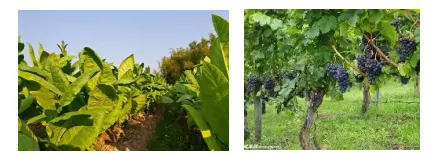
Electronic Grade:Ultra-high purity; extremely low limits for trace impurities like sodium, calcium, magnesium, iron, heavy metals. Used in: Solar panel manufacturing, specialty glass (e.g., CRT envelopes), electronic ceramics, high-tech fields.
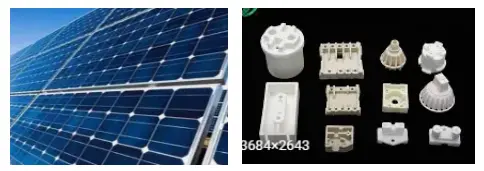
Core Production Processes
Major production methods for potassium nitrate include:
Double Decomposition Method (Sodium Nitrate + Potassium Chloride):
Principle: NaNO₃ + KCl → KNO₃ + NaCl
Process:Sodium nitrate and potassium chloride are dissolved in hot water. Separation exploits the significant difference in solubility between potassium nitrate and sodium chloride across temperatures (NaCl solubility changes little; KNO₃ solubility increases sharply with heat and decreases sharply upon cooling).
Dissolve mixture in hot water.
Cool solution: Potassium nitrate crystallizes first due to its rapidly decreasing solubility.
Separate, wash, and dry the KNO₃ crystals.
The mother liquor (mainly NaCl) is processed or evaporated for salt recovery.
Characteristics:Mature technology, relatively simple equipment; traditional mainstream method. Utilization or disposal of the NaCl byproduct is critical.
Ammonium Nitrate Double Decomposition Method (Ammonium Nitrate + Potassium Chloride):
Principle:NH₄NO₃ + KCl → KNO₃ + NH₄Cl
Process:Similar to sodium nitrate method, utilizing solubility differences of the four salts for separation via multi-stage crystallization to obtain pure KNO₃ and NH₄Cl.
Characteristics:Readily available raw materials (NH₄NO₃ is common fertilizer). Process control is more complex; marketability/disposal of the NH₄Cl byproduct affects economics.
Absorption Method (Nitric Acid + Potassium Chloride):
Principle:3KCl + 4HNO₃ → 3KNO₃ + Cl₂ + NOCl + 2H₂O (complex side reactions)
Process:React KCl with Concentrated Nitric Acid. Separate, crystallize, and dry the resulting KNO₃ solution. Requires careful handling of byproducts (chlorine, nitrosyl chloride).
Characteristics:Simple raw materials, but highly corrosive, multiple problematic byproducts, significant environmental concerns. Largely replaced by more eco-friendly methods.
Key Applications by Grade
Industrial Grade:
Pyrotechnics: Oxidizer in black powder (sulfur, charcoal, KNO₃) and colored fireworks/propellants.
Metal Heat Treatment: Salt bath component for quenching, tempering, nitriding; provides uniform heating and prevents oxidation.
Glass Industry: Refining agent to remove bubbles; used in optical glass and CRT envelopes.
Ceramic Glazes: Flux component.
Ore Flotation: Oxidizer or modifier.
Chemical Feedstock: Production of other nitrates (e.g., sodium potassium nitrate), potassium compounds.
Agricultural Grade:
Premium Water-Soluble Fertilizer: Ideal for drip/sprinkler irrigation due to full solubility, chloride-free nature, and high potassium/nitrate nitrogen content. Particularly suitable for:
Chlorine-Sensitive Crops: Tobacco (improves burn/aroma), citrus (prevents chloride toxicity, boosts brix), grapes (enhances color/sweetness), potatoes (improves quality), strawberries, tea, coffee.
Fruits, Vegetables, Flowers: Rapid nitrogen/potassium supply promotes fruit enlargement, coloring, quality, and stress resistance.
Seedling & Reproductive Stages: Fast nitrate nitrogen uptake aids growth; potassium is vital for flowering, fruit set, and grain filling.
Electronic Grade:
Concentrated Solar Power (CSP): Key component in molten salt mixtures (e.g., KNO₃/NaNO₃) for heat absorption and storage.
Specialty Glass & Ceramics: Production of high-purity optical glass, LCD glass substrates, electronic ceramic substrates requiring ultra-low impurities.
Safety & Storage
Safety:
Strong Oxidizer:Contact with combustibles (wood, sulfur, phosphorus, sugar, metal powders), reducers, acids, or organics, especially under friction, impact, heat, or open flame, can cause fire or explosion! STRICTLY PROHIBITED to store or transport with incompatible materials!
Health:Dust irritates eyes, skin, respiratory tract. Ingestion of large amounts can cause gastrointestinal distress and methemoglobinemia (reducing blood oxygen capacity).
Handling:Wear safety goggles, gloves, dust mask. Prohibit ignition sources in workplaces; prevent dust accumulation.
Storage:Keep in a cool, dry, well-ventilated area. Away from ignition sources and heat. Store separately from reducers, flammables, combustibles, acids, and metal powders. NEVER store together. Keep containers tightly sealed.
Conclusion
Potassium nitrate (KNO₃), a fundamental inorganic salt, plays diverse roles in human life, leveraging its unique chemical properties – strong oxidizing power and its ability to provide high-quality nitrate nitrogen and potassium nutrition. Its applications range "from propulsion force to visual splendor" (gunpowder, fireworks) and "from culinary delight to nurturing life" (cured meats, crop fertilization). Grading (Industrial, Agricultural, Food, Pharmaceutical, Electronic) precisely meets the stringent demands of each field. From ancient crafts to modern high-tech, potassium nitrate continues to prove its indispensable value. Always prioritize safetyby strictly adhering to handling and storage regulations, mindful of the significant risks posed by its strong oxidizing nature.
Henan Yongchang: professional manufacturer for Potassium Nitrate
Ultra-High Purity for Precision Manufacturing
Purity ≥99.5%, extremely low impurity content (e.g., chloride ions, heavy metals), compliant with electronic/semiconductor-grade standards, meeting the demands of precision manufacturing processes.
Customized Specifications
Available in various forms (powder/granular) and packaging (25kg plastic bags, moisture-proof drums, ton bags, etc.).
Stable Supply & Rapid Response
Annual production capacity of 20,000 tons, with prioritized scheduling for emergency orders to ensure production continuity.
Quality Certifications & Traceability
Certified to ISO 9001/14001 and SEMI standards, supporting third-party factory and product inspections.

